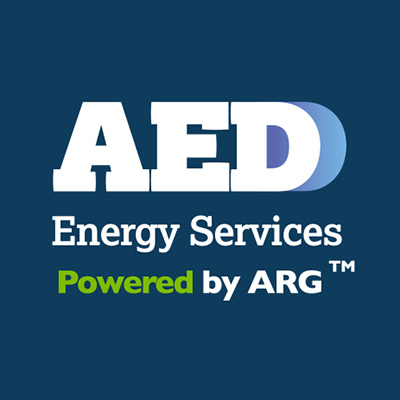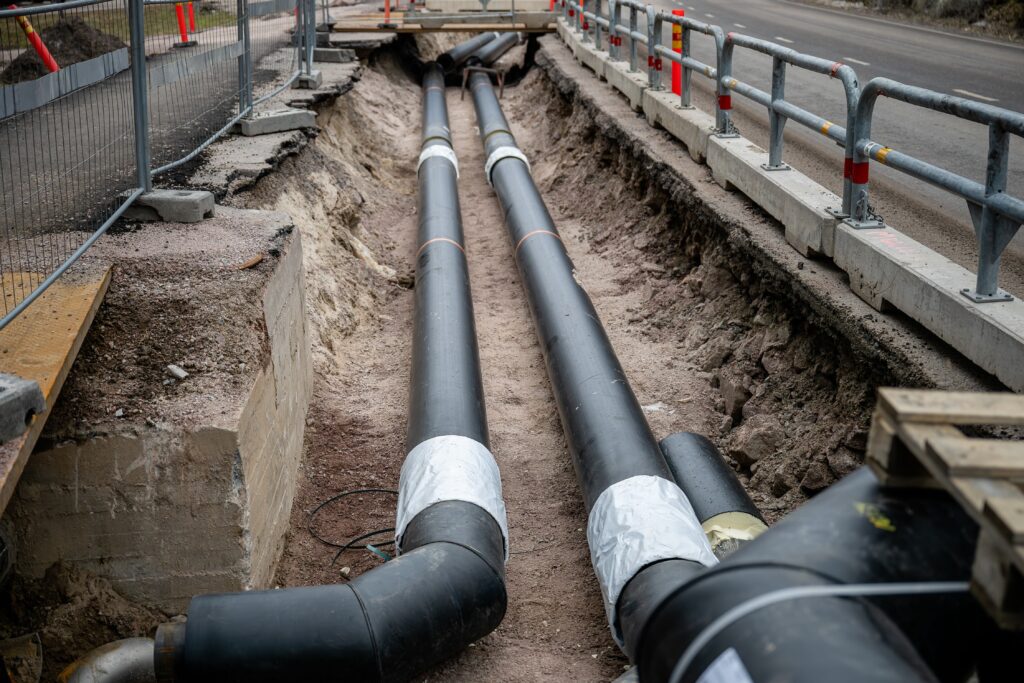When it comes to constructing pipelines in densely populated or environmentally sensitive areas, no two projects are the same. With more than 30 years of experience in the pipeline industry, our team at AEDES has encountered just about every underground challenge imaginable. From urban corridors packed with utilities to restricted spaces under rivers and runways, we’ve developed the engineering instincts—and tools—needed to solve them with precision and care.
In this post, we’ll walk you through the challenges of congested corridor work, and more importantly, how we overcome them to ensure safe, successful outcomes with minimal surface disruption.
Navigating the Urban Maze: The Importance of Planning and Precision
The first—and arguably most critical—step in any congested corridor project is understanding the environment. In dense urban areas, where utility networks, transit systems, and communities overlap, it’s not enough to work off existing maps. Success requires immersive site investigation and detailed planning.
We’ve completed installations beneath international airports, under major rivers, across wetlands, and through crowded downtown corridors where every inch of space is accounted for. In one recent project, our team used trenchless methods to route pipeline beneath an active airport runway. Traditional open-cut installation would’ve disrupted daily operations—so we turned to Horizontal Directional Drilling (HDD), allowing us to work deep underground without disturbing the surface above.
This level of precision is not just convenient—it’s often essential. When working in areas where third-party damage risks are high and access is limited, HDD becomes more than a method; it’s a strategic advantage.
Why HDD? A Solution Built for Complexity
Horizontal Directional Drilling (HDD) is a trenchless technology that enables underground pipe and conduit installation with minimal surface disruption. It’s ideal for situations where excavation isn’t feasible—think under interstates, rivers, railroads, or urban infrastructure.
Our HDD designs account for:
- Subsurface geotechnical conditions
- Bore path geometry to avoid existing utilities
- Entry/exit angles and surface access
- Pullback forces and pipeline stress
- Long-term maintenance and inspection needs
We’ve successfully executed HDD installations over 8,000 feet long and under some of the country’s most complex infrastructure—including multi-pipe bundled installations through dense utility corridors. These designs are the product of close collaboration between our engineers and field crews, ensuring constructability and reducing the risk of surprises once drilling begins.
It’s About More Than Pipes: The Role of Technology in Ensuring Safety
Modern pipeline projects go far beyond physical installation—they require active monitoring and data-driven management to ensure long-term integrity.
One key tool is Inline Inspection (ILI)—commonly referred to as “smart pigging.” These devices travel inside pipelines to identify issues like dents, wall thinning, or corrosion. In high-stakes projects, like cross-state petroleum or natural gas lines, we ensure our designs are compatible with ILI tools from day one.
But it’s not just about collecting data—it’s about interpreting it. Sometimes a seemingly minor dent signals a larger issue. Our team combines engineering judgment with analytical tools to make sure the information we get from the field leads to proactive, informed decisions.
Balancing Efficiency with Environmental Responsibility
Environmental permitting is a core component of nearly every project we undertake—especially in wetlands, near waterways, or in urban areas with stringent oversight. We don’t view this as a checkbox exercise. Our process is grounded in environmental intelligence—from wetlands delineation and wildlife impact assessments to erosion control and restoration planning.
In one recent river crossing, our use of HDD reduced surface disturbance so significantly that regulators shortened long-term monitoring requirements—saving time and cost while improving environmental outcomes. On another complex corridor project, our mitigation strategies not only protected sensitive habitats but led to a net gain in wetland acreage.
We believe responsible engineering isn’t just about compliance—it’s about leaving places better than we found them.
The Road Ahead: Continuous Improvement and Adaptation
Over three decades of solving corridor challenges has taught us that there’s no such thing as a one-size-fits-all solution. Each new project brings its own terrain, constraints, and stakeholders—so our approach evolves accordingly.
Every completed drill, every rerouted bore path, every environmental permit feeds into our internal knowledge base. We take those lessons and fold them into new designs, helping us deliver better outcomes with less risk and greater efficiency.
Whether we’re implementing the latest trenchless technologies, refining our geotechnical analysis methods, or integrating advanced GIS-based planning tools, we never stop adapting. It’s how we continue to deliver solutions that are safe, reliable, and future-ready.
Looking Ahead: Innovation with Purpose
What excites us most isn’t just our past—it’s the future of what’s possible in the underground space. As infrastructure demands increase, so does the need for smarter, cleaner, more collaborative ways to build beneath our feet.
We’re investing in new methodologies and pushing for tighter integration between design, permitting, and construction. Our model connects every phase of the project lifecycle—from route selection to post-construction monitoring—ensuring consistency and adaptability throughout.
When we say we specialize in complex corridors, we mean it. Whether it’s under a river, a runway, or a narrow urban block, our goal is the same: engineer a solution that works—technically, environmentally, and economically.
Conclusion: Why Experience Matters
What sets us apart isn’t just our technical capability—it’s the insight that only comes from having done it all before. Congested corridors, sensitive sites, tight timelines—these aren’t just engineering challenges; they’re the proving ground for the kind of thoughtful, resilient solutions we bring to every job.
At AEDES, we’ve built our reputation on experience. And that experience is what helps us guide our clients—quietly, confidently—through some of the industry’s most complex underground challenges.

